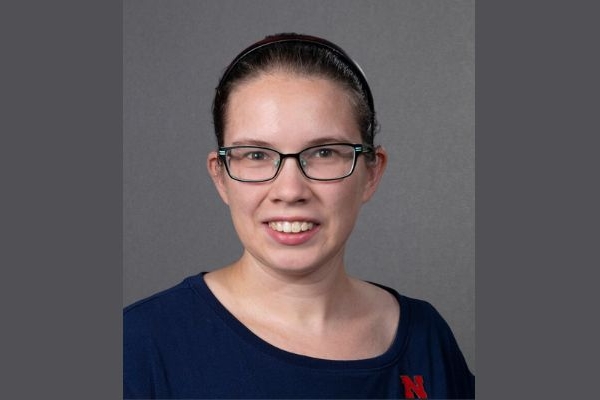Registration for this module is now closed.
We will present general-purpose techniques for visualizing a variety of data, as well as specific techniques for visualizing common types of biological data sets. Som strategies for working with large data will be provided. Understanding data involves an iterative cycle of visualization and modeling. We will illustrate this with several examples during the workshop.
The first segment of this module will focus on structured development of graphics using static graphics. This will use the ggplot2 package in R. It enables building plots using grammatically defined elements, and producing templates for use with multiple data sets. We will include some these principles for working with biological and genomic data.
The second segment will focus on interactive graphics for rapid exploration. We will also demonstrate interactive techniques for high-performance local display, and for easily creating interactive web graphics. In addition, we will explain how to create simple web GUIs for managing interactive analysis tools for data using shiny.
We will use a hands-on teaching methodology that combines short lectures with longer practice sessions. As students learn about new techniques, they will also be able to put them into practice and receive feedback from experts.
Module assumes some familiarity with R. We will teach using R and Rstudio.
Recommended Reading: Cookbook for R, by Winston Chang; R for Data Science, by Garrett Grolemund and Hadley Wickham.

Dianne Cook
Professor of Statistics
Monash University

Heike Hofmann
Professor of Statistics
University of Nebraska-Lincoln

Susan VanderPlas
Associate Professor of Statistics
University of Nebraska-Lincoln



